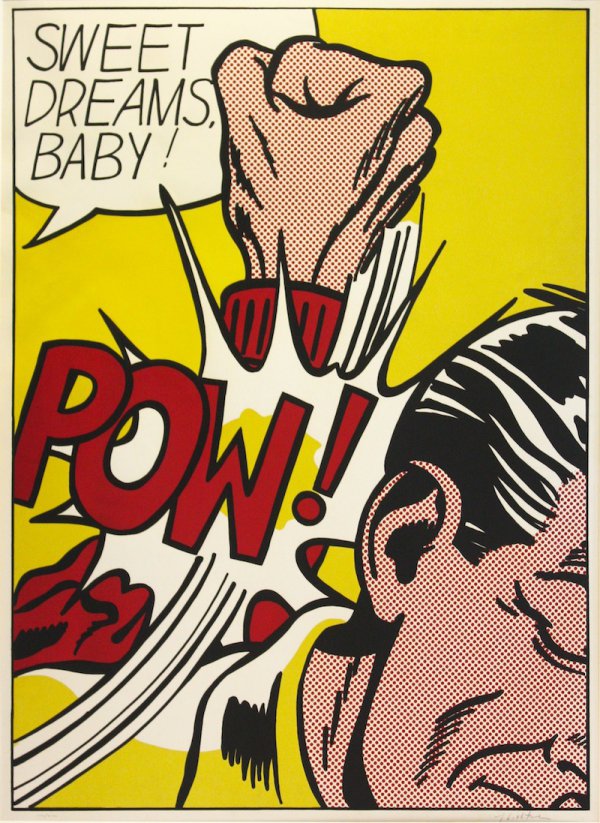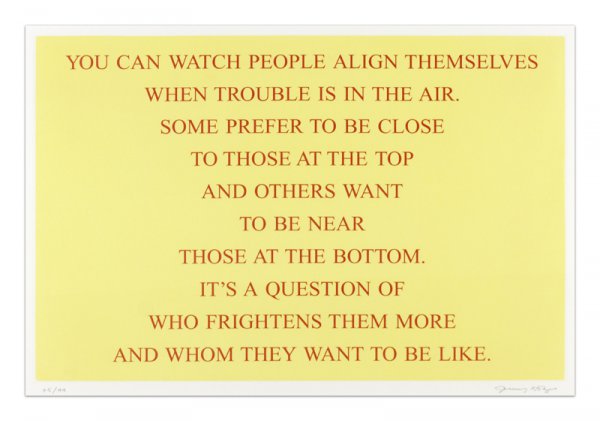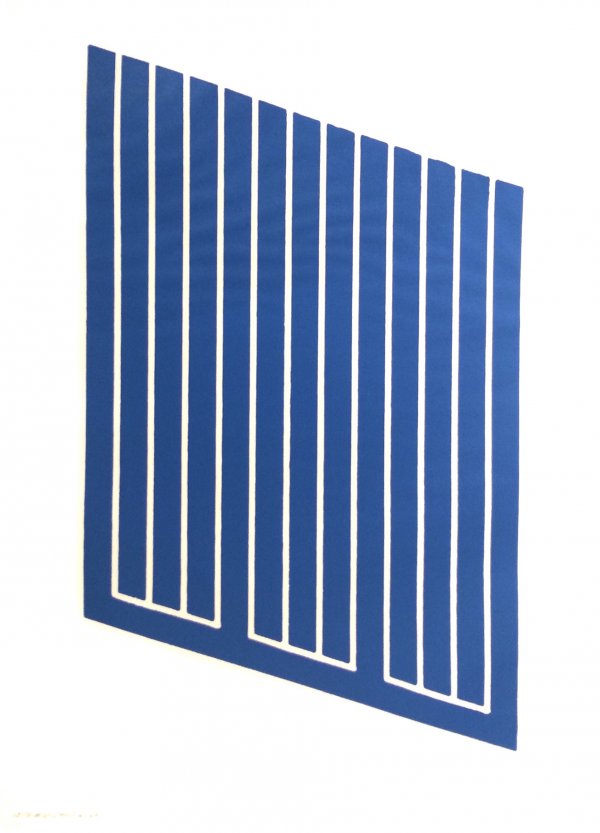Can Contemporary Art Really Be Defined?
For many people, deciding on a perfect definition for what contemporary art actually is can be somewhat of a challenge. Whilst the term itself seems simple and obvious enough, finding a modern day meaning is not as easy as it looks. Fortunately, getting to grips with what constitutes as “contemporary” becomes much more possible once you start tracing the concept’s history back to its roots and exploring the themes that underpin it.
In raw terms, contemporary art covers a number of different disciplines – namely sculpture, painting, installation, photography, video art and performance – which has been produced in modern time. Though apparently straightforward, the details that surround this definition are often less than crystal clear, as an individual’s interpretation of “today” is likely to vary dramatically from that of another person. This has meant that over time, the exact period at which this most diverse of art movements came into being remains hotly debated. However, many art historians would define the beginning as being during the late 1960s (the end of modernism) to be a fair estimate.
It’s easy to think of contemporary art as being art which has been created very recently, however it may be surprising to learn that it in fact enjoys a notably long history. In order to track back through its evolution, it’s worth taking a look at the major artists and sub-movements that make up its history.
Pop Art
Intended to be a reaction to the modern art movements that went before it, contemporary art is thought to have been born on the back of Pop Art. Pop Art itself was pioneered by famous names like Roy Lichtenstein and Andy Warhol, and was driven by a desire to shine a light on mass culture at the time. Exploding onto the art scene in the 1950s it increased in popularity right through the 1960s and ‘70s. It then enjoyed something of a renaissance in the 1980s, largely thanks to artists like Jeff Koons.

Conceptualism
Conceptualism was brought about by the success of Pop Art in the 1950s, ’60s and ‘70s and was concerned primarily with rejecting the idea of art being a commodity. Although Conceptualism represents a sizeable proportion of artworks generated during the early 21st century, it actually became a formal movement in the 1960s and remains a major part of the contemporary art movement to this day. Diverse, powerful and heavily perceptive, Conceptualism is based on the notion that a work of art takes precedence simply for what it is, not what it may be worth. Notable conceptual artists include Jenny Holzer, Damien Hirst and Ai Wei Wei.

Minimalism
Minimalism – like Conceptualism – came about in the 1960s and remains very popular today. Both movements are designed to challenge the existing structures for creating, viewing and disseminating art. What makes Minimalism different, however, is that it is solely concerned with inviting viewers to
engage with what they see, and not what they think the art represents. Dan Flavin, Donald Judd and Sol LeWitt, are some of the most recognised Minimalist artists.

Photorealism
Artists involved with Photorealism aim to create incredibly realistic paintings and drawings that accurately reflect the world around them. Often working directly from photographs, Photorealists are able to reproduce in detail landscapes, portraits and other iconography. Gerhard Richter and Chuck Close are good examples of artists in this sphere.

The key point when it comes to contemporary art is to understand that there is no precise date in history when the contemporary era actually begins. It covers a wide scope of artistic sub-movements and is itself, in essence, highly transient.
